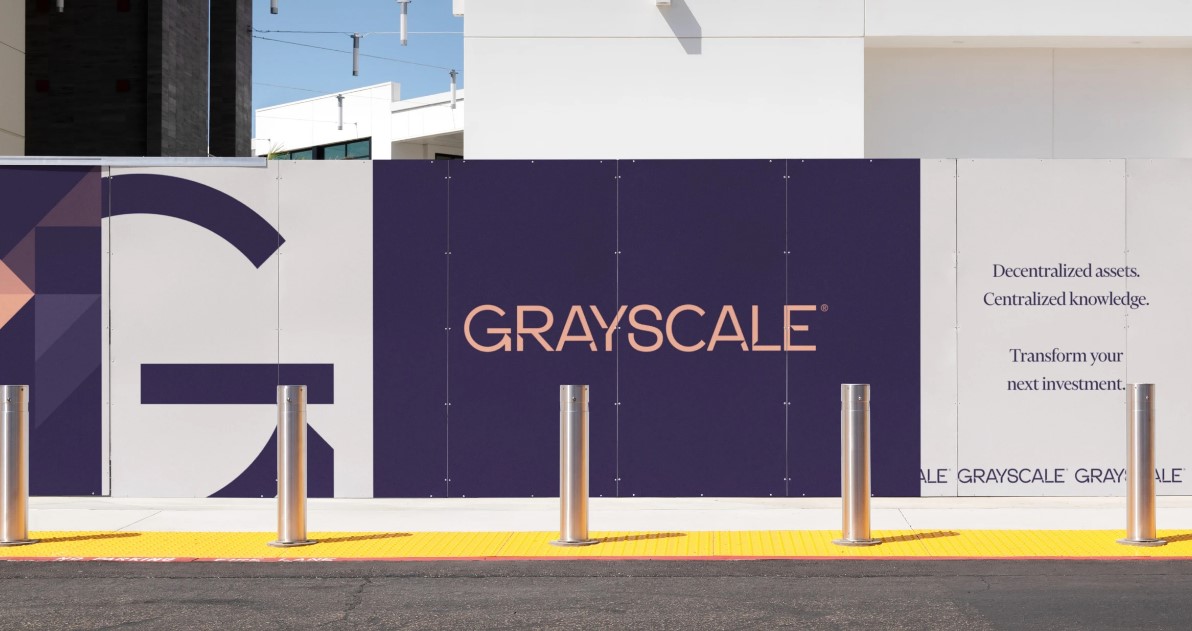Bitcoin (BTC) lives an unprecedented boom in Spain. Multiple data confirms an upward trend for adoption, transactions and acceptance, driven by an increasingly digitized economy. However, the Bank of Spain (BDE) seems to be caught in the past, based on outdated 2021 data that do not reflect the recent explosion of digital assets.
The adoption of digital assets in Spain is in full effervescence. Between 2019 and 2024, almost 2.5 million Spaniards became Bitcoin Hodlers and cryptocurrencies, which represents a 50%growth, according to A study of the Hellosafe financial product platform.
Chainysis places Spain firmly among the 32 main countries in the adoption of cryptocurrencies. And a Disrupt Banking report (2025) indicates that the country registered a volume of transactions of 73,000 million euros between July 2023 and June 2024, exceeding previous estimates.
For its part, the European Central Bank (ECB) points out that the cryptoactive tenure doubled From 4.5% in 2022 to 9% in 2024, consolidating the growth process.
Despite the growing adoption of bitcoin and cryptocurrencies, backed by various reports, including Those of Exchange Cryptocurrencies, the Bank of Spain seems outdated. Its September 10 publication, in the middle of 2025, Based on 2021 data, estimates an adoption of 4.8%, while ECB calculations, in 2024, double this percentage.
This monumental difference of figures is not trivial. The regulatory entity relies on a more traditional methodology and in data from a “Bear Market”, a bearish year that, naturally, could have reduced both the number of investors and the value of their holdings. The platforms, on the other hand, tend to project from their base user base, which by definition are already more involved and are more numerous.


The Bank of Spain, caught in the past
The entrance to the Ecosystem of Banks such as BBVA, which in 2025 offers trading from Bitcoin and Ether, Cryptomoned of Ethereum, and the fact that 61% of the financial advisors (EFPA, 2025) receive consultations on cryptoactive, show that even the traditional sector recognizes this trend and expects to increase in the future.
However, the Bank of Spain, anchored in obsolete data, underestimates the global growth of the sector, with A projection of 6,790 million dollars In 2025 to 63,150 million in 2034 (TCAC of the 28.12%), with implications for Spain, given its expanding bitcoin ecosystem.
The BDE report also dilutes the idea of a significant investment. He points out that for the vast majority of households that have cryptoactive (80% of them), these digital currencies represent less than 10% of their total financial wealth. This suggests that For most, Bitcoin and company are more a small bet or an experiment than a central part of its heritage.
Additionally, the investor’s profile, although with common points, is also nuanced. The Bank of Spain describes cryptoactive holders as young men (80% under 45), with a high educational level, a marked risk tolerance and high financial competences. However, a no less detail is that 33.8% of these young people still live with their parents.
They crypt, meanwhile, although it reports a similar age profile and gender, it emphasizes that its investors are mostly self -employed or self -employed, suggesting greater economic independence.
These subtle differences remind us that, although the general profile is that of a «Early Adopter»O Person who adopts a new technology, young and with knowledge, involvement and vital stage can vary significantly. The Bank of Spain presents us a more cautious investor, who sees cryptoactives as a more investment instrumentamong others (59%) and, curiously, it shows a long -term planning attitude without an inherent rejection of the traditional financial system.
In contrast to the caution of the report, the dynamism of the Spanish crypto ecosystem shows a clear tendency towards expansion and professionalization, with the emergence of active communities that promote adoption and innovation in the sector.
Bitcoin communities: the adoption engine
The community represents a fundamental pillar for Bitcoin enthusiasts in Spain, promoting its principles and adoption. Communities like Barcelona Bitcoin Onlybitcoiners of BTC Catalunyaand others like Bitcoin Málagaanalysis and organize meetings are shared. They promote education and adoption, as well as the exchange of knowledge and experiences among its members.
Its activities are a clear reflection of the growing interest and The consolidation of a bitcoiner culture in the country, facilitating understanding and the use of pioneer digital currency through a BTC circular economy, in some cases.


In the same way, new communities have emerged in Spain that promote the adoption of cryptocurrencies. Among them are those that revolve around web3 projects and decentralized finance (DEFI). Often organize hackatones and Workshops on intelligent contracts and tokenization, with emphasis on the integration of decentralized financial services.
In short, the report published by the Bank of Spain seeks to explain the Bitcoin and cryptocurrency phenomenon in the country, although somewhat out of a sector that advances at light speed. His message is that adoption in Spain, although increasing, is more contained.
Nevertheless, By contrasting this perspective with the vibrant activity of the communities, an undeniable tendency is revealed towards an adoption and growing professionalization of the sector in the country.
While the Bank of Spain remains anchored in data from 2021, underestimating the boom of Bitcoin and cryptocurrencies, Spain advances by leaps and bounds towards a digital future. With a 50% growth in adoption since 2019, the country is hugging an unstoppable trend. With the Mica regulation, and the institutional support of entities such as BBVA and other banks, Spain is consolidated as a reference of the ecosystem in the region.
It is time for the Bank of Spain to update its vision or risk staying out of a transformation that redefines the country’s economy.






Leave a Reply